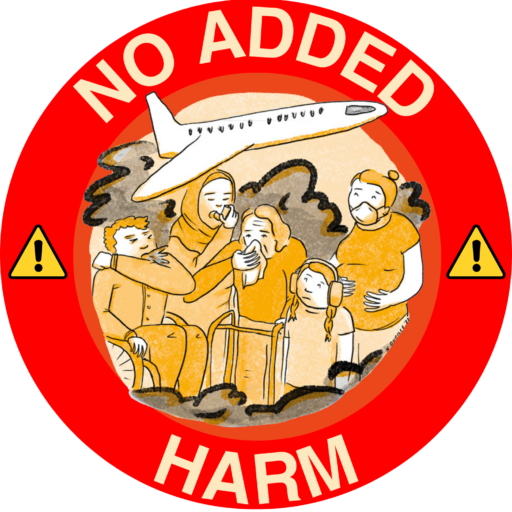-
✴︎
Lead pollution from small planes threatens human health, EPA finds
The EPA took the first step toward regulations aimed at reducing lead exposure from plane fuel, a potential health benefit for people near smaller airports.
-
✴︎
Transport-related airborne nanoparticles: Sources, different aerosol modes, and their toxicity
Nanoparticle emissions from transport are of considerable importance because of their dominance in terms of particle number concentration in most urban atmospheres. Nanoparticles may carry toxic substances, posing a serious threat to pedestrians, passengers and residents. The road sector has been studied intensively in both academia and industry and considerable knowledge has already been gathered.
-
Children living near airport found to have raised lead levels in blood
A study of children living near one such airport in US finds those within 1.5 kilometers are at highest risk
-
✴︎
Impact of aeroplane noise on mental and physical health: a quasi-experimental analysis
Objectives Historically, departures at New York City’s LaGuardia airport flew over a large sports complex within a park. During the US Open tennis games, flights were diverted to fly over a heavily populated foreign-born neighbourhood for roughly 2 weeks out of the year so that the tennis match was not disturbed (the ‘TNNIS’ departure).
-
Aviation Impacts Solutions Summit
Summit to bring together communities, researchers and policymakers to develop solutions that promote health and well-being in airport communities
-
✴︎
Regional Aviation Baseline Study
Demand for take-offs and landings in the region is projected to double by 2050 from over 400,000 to over 800,000 per year. This is expected to result in a regional gap in service by 2050 that is roughly equivalent to all the passengers served at Sea-Tac in 2019.
-
✴︎
Overview of Sources and Characteristics of Nanoparticles in Urban Traffic-Influenced Areas
Atmospheric nanoparticles can be formed either via nucleation in atmosphere or be directly emitted to the atmosphere.
-
✴︎
A Geospatial Analysis of the Effects of Aviation Gasoline on Childhood Blood Lead Levels
Background: Aviation gasoline, commonly referred to as avgas, is a leaded fuel used in small aircraft. Recent concern about the effects of lead emissions from planes has motivated the U.S. Environmental Protection to consider regulating leaded avgas.
-
Rumblings Over Flight-Path Plan
The FAA’s proposed “Four Post” flight-path plan would shift 100-120 daily jet overflights from Elliott Bay to northeast Seattle neighborhoods to increase Sea-Tac Airport’s capacity, sparking outcry from residents who fear increased noise pollution and safety risks.
